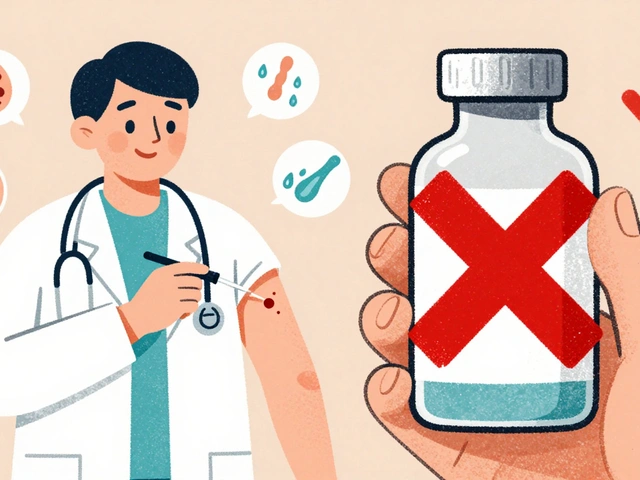Surgical Outcomes
When talking about surgical outcomes, the measurable results after an operation, including healing speed, complication rates, and overall patient well‑being, clinicians focus on more than just the cut itself. A major part of surgical outcomes is postoperative complications, issues like infection, bleeding, or organ dysfunction that arise after surgery. Another pillar is rehabilitation, structured physical and occupational therapy that helps patients regain function and strength. Together these pieces form a clear picture: surgical outcomes encompass complication rates, recovery speed, and patient satisfaction.
Improving surgical outcomes starts with solid risk assessment, the process of evaluating a patient’s health, the procedure’s difficulty, and possible dangers before going to the operating room. When surgeons identify high‑risk factors early—like diabetes, obesity, or previous surgeries—they can tailor anesthesia, choose minimally invasive techniques, or plan extra monitoring. This proactive step reduces the chance of postoperative complications and sets the stage for smoother rehab. In practice, risk assessment often uses scoring systems, blood tests, and imaging to predict outcomes with reasonable accuracy.
Why Patient Education Matters
Even the best surgical plan can falter without proper patient education, clear instructions about wound care, medication use, activity limits, and warning signs after surgery. When patients understand what to expect, they are more likely to follow post‑op instructions, report early signs of infection, and attend rehab sessions consistently. Studies show that educated patients experience fewer readmissions and report higher satisfaction scores. Practical tips include providing written handouts, short video tutorials, and a direct line to the care team for questions.
The link between education and outcomes is direct: informed patients catch complications early, avoid risky behaviors, and stay committed to rehab. For example, a knee replacement patient who knows how to perform prescribed exercises at home will regain range of motion faster than someone who skips them out of uncertainty. Likewise, clear medication guidance prevents accidental overdoses or missed doses of pain relievers and antibiotics, which can otherwise trigger complications.
Recovery isn’t just physical; emotional well‑being plays a role too. Support groups, counseling, and realistic goal setting help patients stay motivated during the often‑tedious rehab phase. When mental health is addressed, adherence to therapy improves, and overall outcomes get a boost. This holistic approach mirrors what we see across multiple articles on our site—from anticoagulant comparisons to cancer survivorship care—where the common thread is the impact of comprehensive follow‑up on final results.
Technology also reshapes how we track and enhance surgical outcomes. Wearable sensors, tele‑medicine check‑ins, and electronic health record alerts give clinicians real‑time data on pain levels, mobility, and wound status. These tools enable early intervention, reducing the severity of complications and shortening hospital stays. As more surgeons adopt digital monitoring, the data pool grows, feeding better risk models and more personalized rehab protocols.
Below you’ll find a curated list of articles that dive deeper into each of these areas. Whether you’re looking for medication guides, comparison charts for anticoagulants, or tips on cancer rehabilitation, the collection offers practical insights to help you understand and improve surgical outcomes.










